Flexography is a printing technique used for the mass production of products such as packaging, labels, newspapers, and magazines. One of the most important elements in flexographic printing is the printing plate. In this article, we'll explore what a printing plate is in flexography and why it's essential for producing high-quality prints. In the printing industry, the use of printing plates is very common. A printing plate is an object used to transfer a design or image to a substrate, and it's made from durable materials such as metal or polymer.
What is a cliché in flexography?
In simple terms, a flexographic printing plate is a printing plate used to transfer ink to the surface of a substrate (paper, plastic, etc.). Typically made of photopolymer or rubber, the plate is essential for flexographic printing. Printing plates are used in various industries, from printing newspapers, magazines, and advertising materials to manufacturing electronic products such as television screens and printed circuit boards. Their usefulness lies in their ability to produce multiple copies of the same design, making them ideal for mass production.
Types of clichés in flexography
There are two main types of printing plates used in flexographic printing:
Photopolymer plates
Photopolymer plates are the most common choice for flexographic printing due to their versatility. They are made by exposing a layer of photopolymer to UV light through an imaging film. The exposed area hardens and becomes the area that prints the image. Photopolymer plates are durable and can print fine details and crisp lines.
Rubber clichés
Rubber printing plates are less common in flexographic printing, but are still used in some applications. These plates are generally softer than photopolymer plates and can be ideal for printing on substrates that are not flat or have irregular textures.

Why are clichés important in flexography?
Printing plates are essential for producing high-quality flexographic prints. During printing, ink is transferred from the plate to the substrate surface. If the plate is not of high quality, the resulting image on the substrate may be blurry or distorted. A high-quality plate ensures a sharp and accurate print, which is especially important in the production of packaging and labels that must comply with strict standards and regulations. Printing plates are used in various industries, from printing newspapers, magazines, and advertising materials to manufacturing electronic products such as television screens and printed circuit boards. Their usefulness lies in their ability to produce multiple copies of the same design, making them valuable for mass production. Regarding printing techniques, there are several options depending on the desired type of printing. One of the most widely used techniques is screen printing, which involves transferring ink to a substrate using a mesh printing plate. On the other hand, flexographic printing is another popular technique that uses a flexible printing plate to print designs on surfaces such as paper, cardboard, and plastic. Printing plates are an important tool in various industries. In electronics manufacturing, for example, they are used to print circuits on printed circuit boards and television screens. In printing, printing plates are essential for producing multiple copies of the same design and are therefore very useful in mass production.

How is a cliché made in flexography?
Creating a flexographic printing plate is a complex process that involves several stages:
Preparation of the artwork
The artwork must be prepared for use in creating the printing plate. This may involve color separation and the creation of digital files.
Creating the cliché plate
The cliché plate is created by exposing a layer of photopolymer to UV light through an imaging film. The exposed part of the photopolymer hardens, while the unexposed part remains soft.
Creating the cliché
After exposure to UV light, the printing plate is immersed in a water bath to remove the unexposed portion of the photopolymer and reveal the image printed on the plate. The plate is then dried and cured in an oven before being mounted on the printing press.
How long do printing plates last in flexography?
The lifespan of a flexographic printing plate varies depending on several factors, such as the plate's quality, frequency of use, and the type of substrate being printed on. Generally, photopolymer plates can last between 5,000 and 50,000 impressions, while rubber plates can last up to 10,000 impressions.
How are printing plates cared for in flexography?
To extend the lifespan of flexographic printing plates, it's important to care for them properly. Here are some tips for caring for your printing plates:
Proper storage
Printing plates should be stored in a cool, dry place, away from direct sunlight and harsh chemicals. If printing plates are not used for an extended period, they should be stored in their original packaging.
Regular cleaning
The printing plates should be cleaned regularly with a mild cleaning solution and a soft brush. This will help maintain the quality of the printed image.
Regular repair and maintenance
The printing plates should be inspected regularly for signs of wear and damage. If any problems are found, they should be repaired immediately to prevent poor print quality.
Frequently asked questions about flexographic printing plates
Are clichés reusable?
Yes, flexographic printing plates are reusable, but their lifespan varies depending on several factors.
How is the type of printing plate selected?
The choice of cliché type will depend on the substrate on which it will be printed and the type of image that will be printed.
What happens if a cliché is damaged during production?
If a cliché is damaged during production, it must be repaired or replaced immediately to avoid poor print quality.
A printing plate in flexography is an essential element in the production of high-quality prints. There are two main types of printing plates used in flexographic printing: photopolymer plates and rubber plates. Printing plates must be properly cared for to prolong their lifespan and maintain optimal print quality.


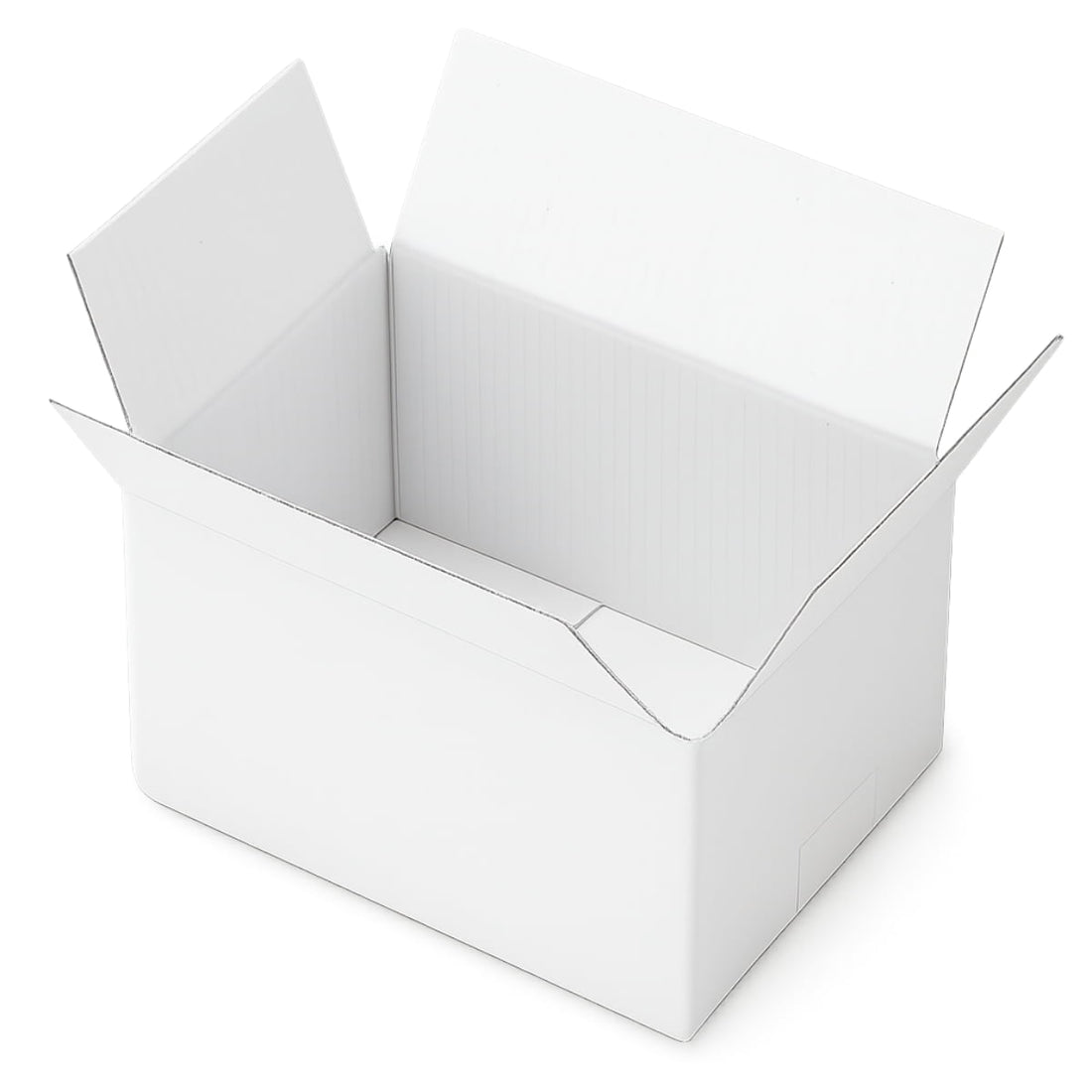

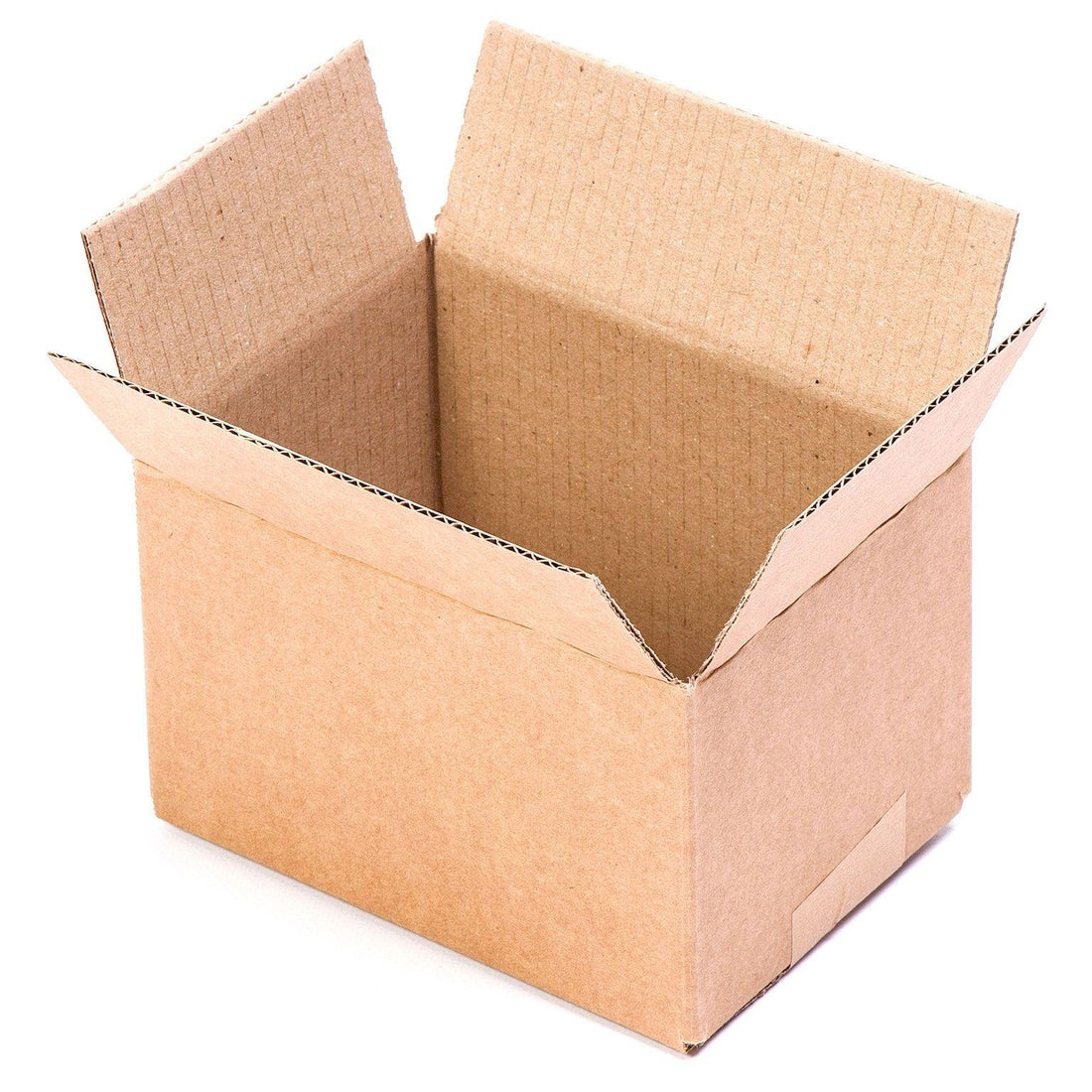
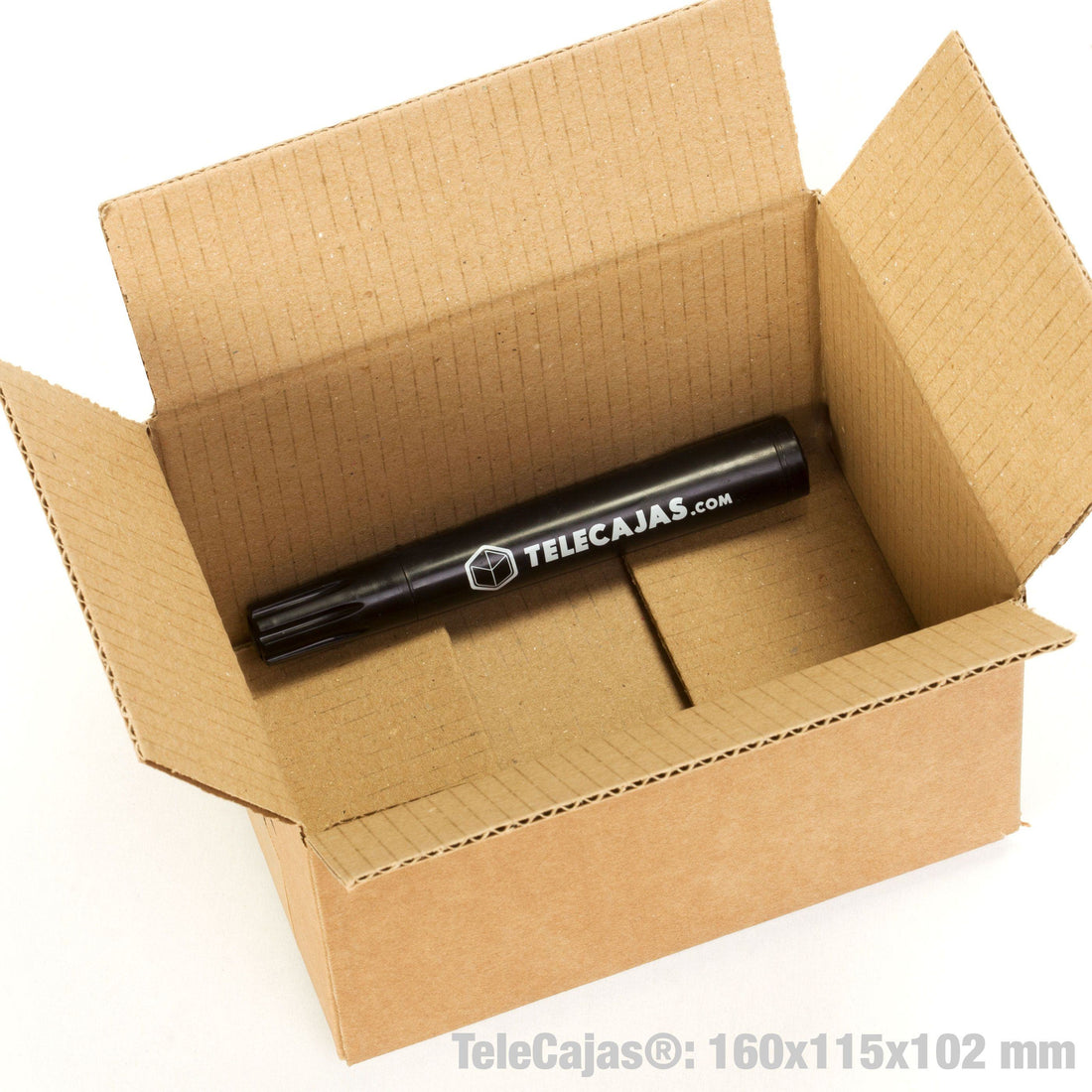
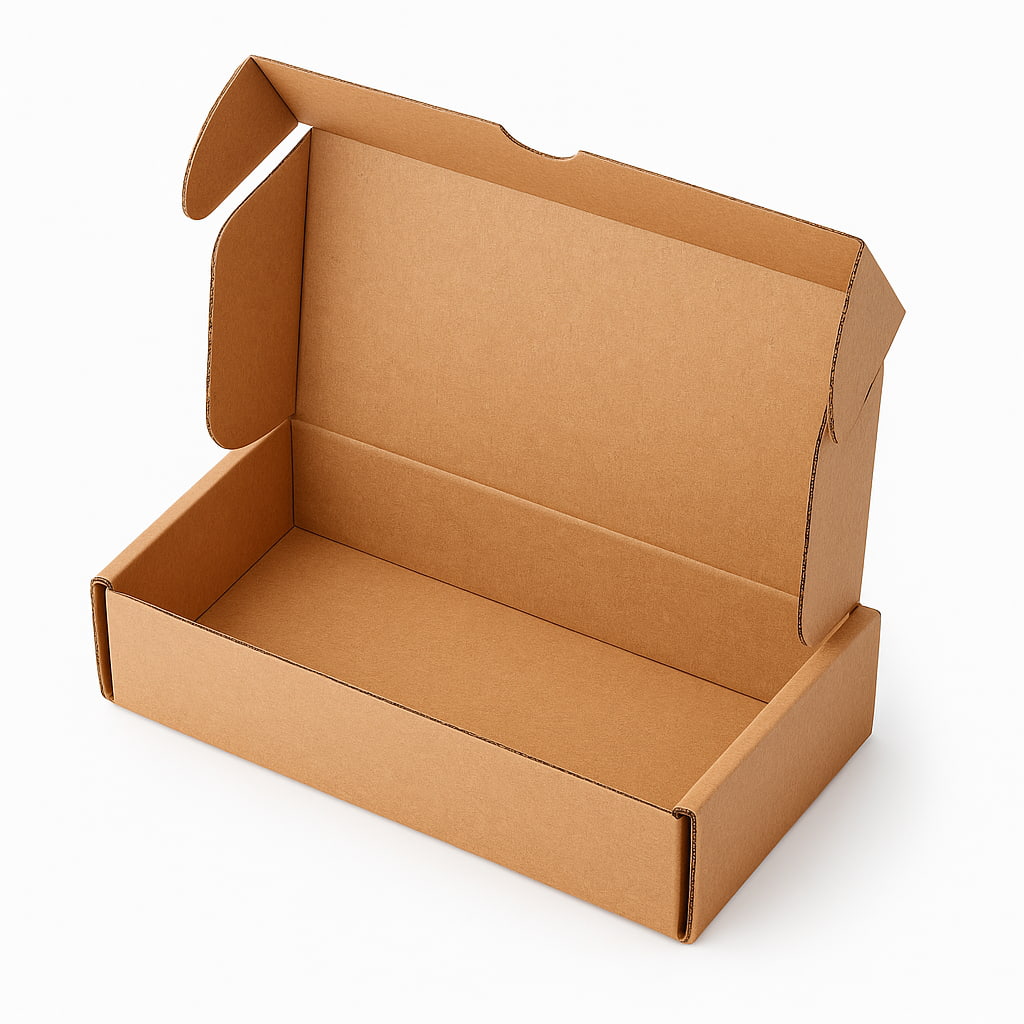
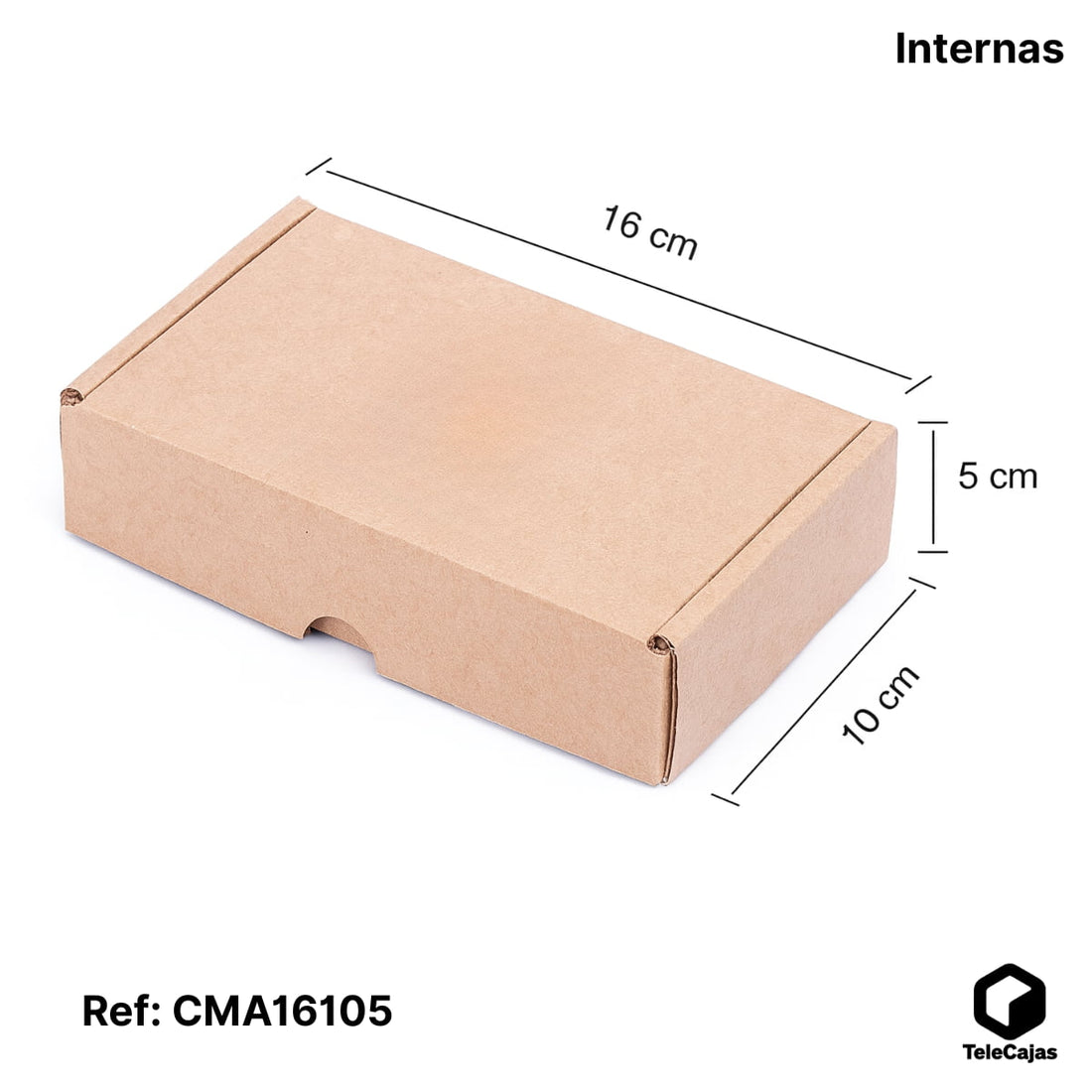
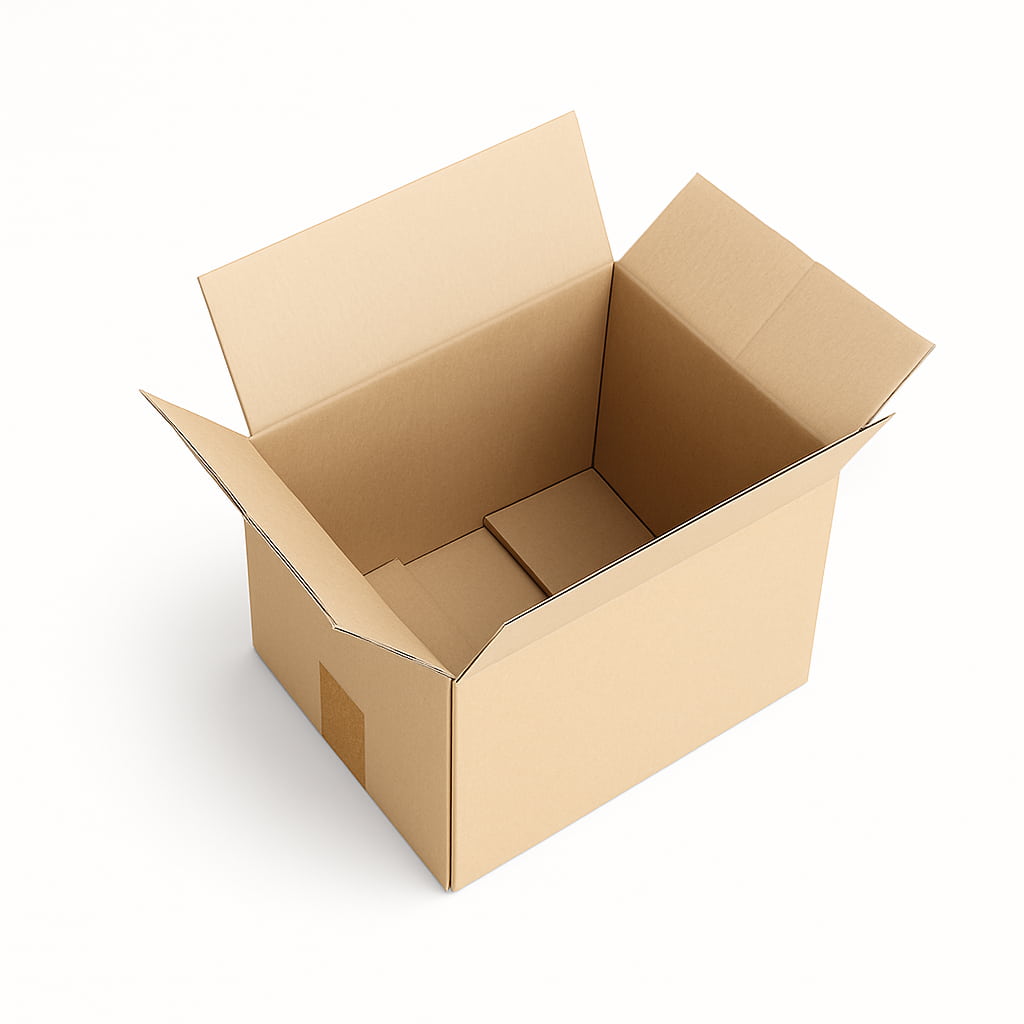

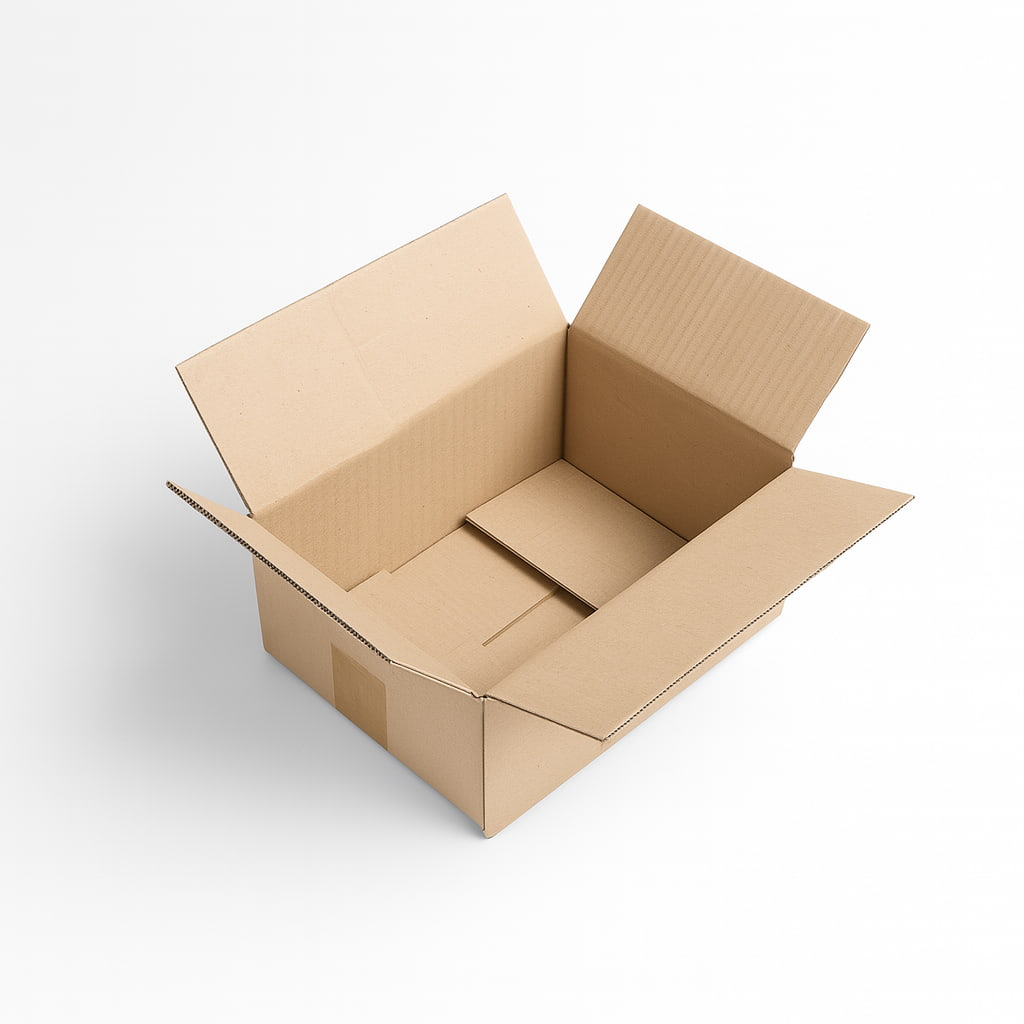
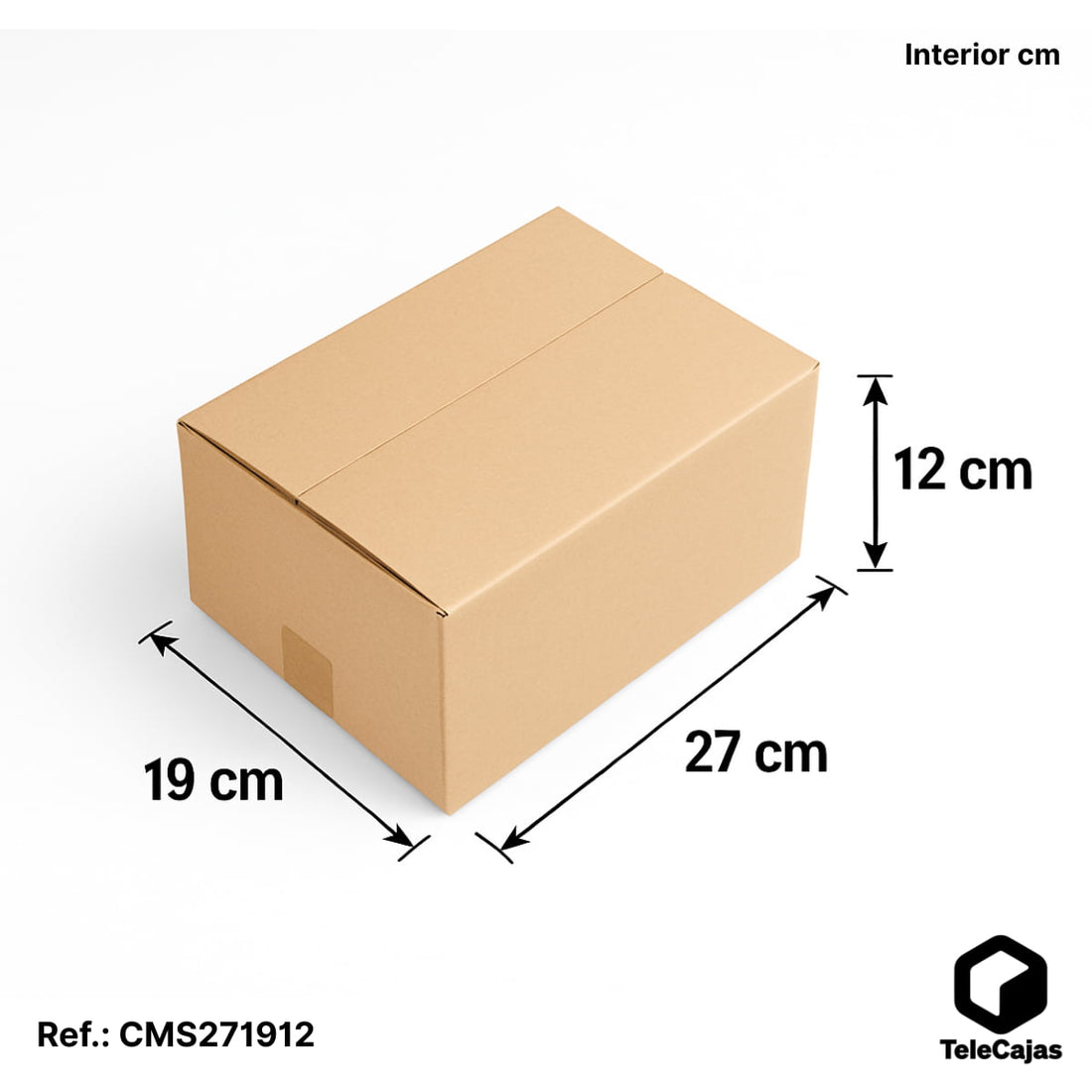
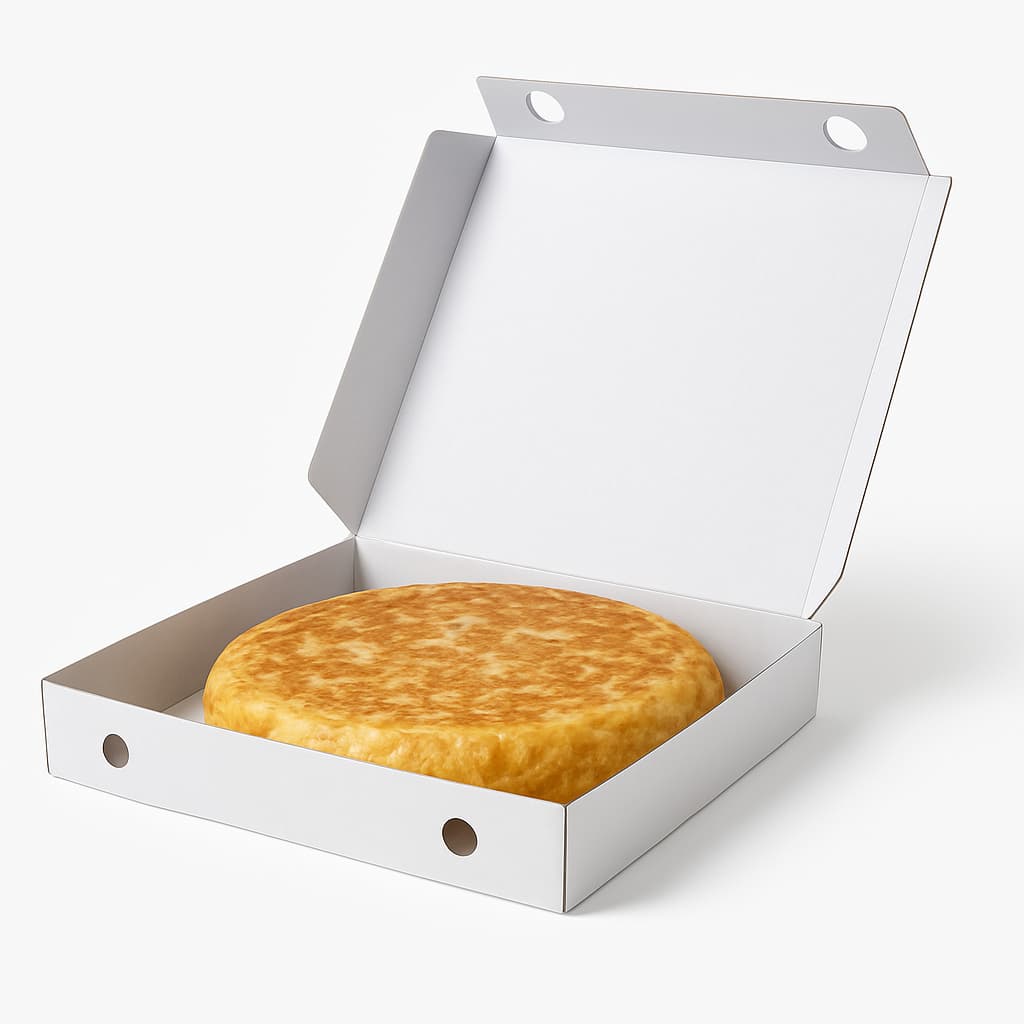
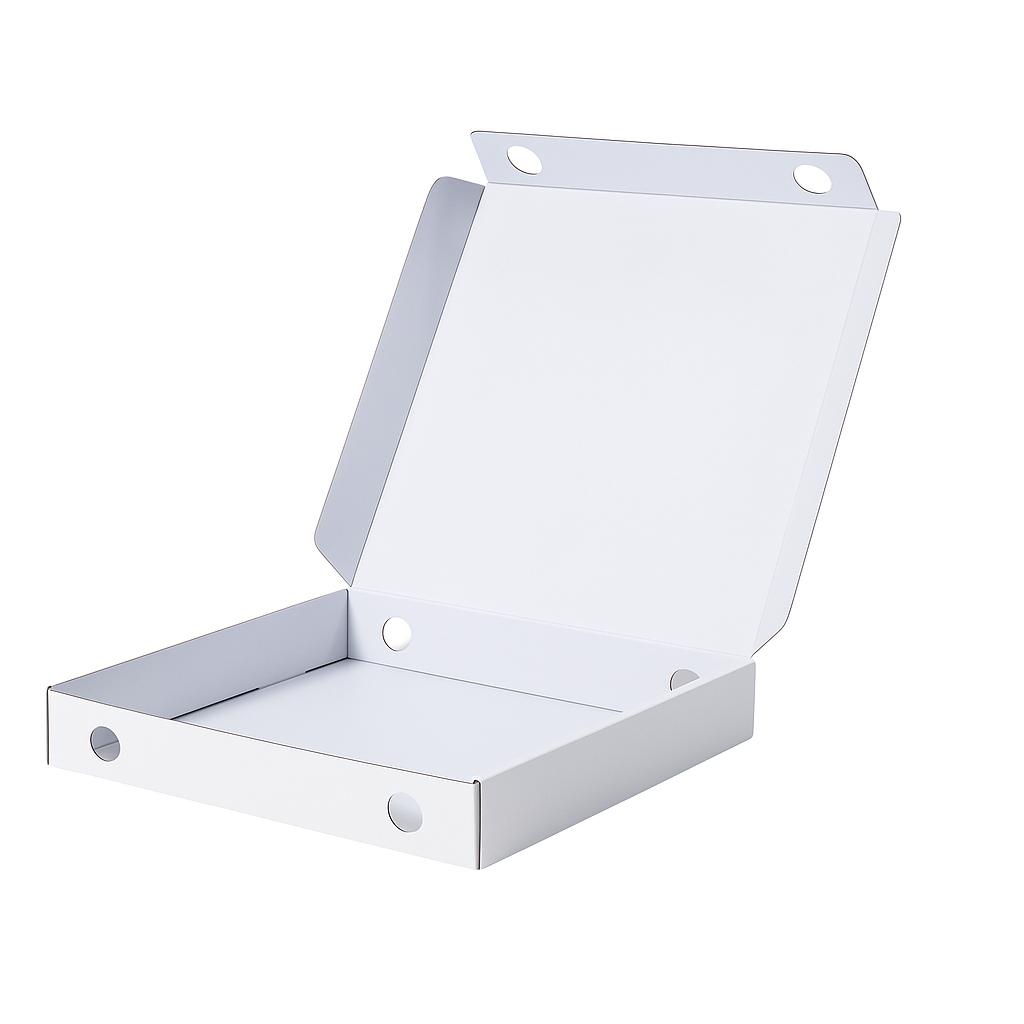
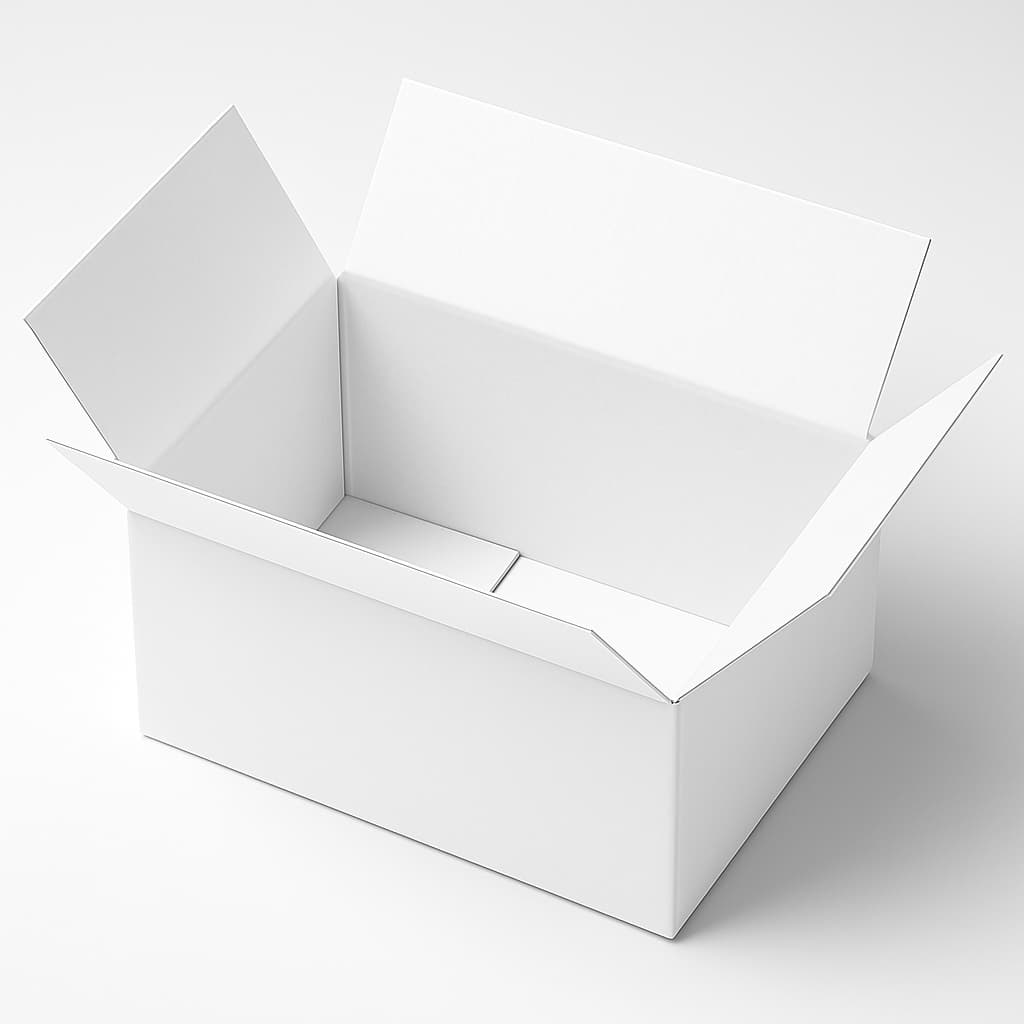

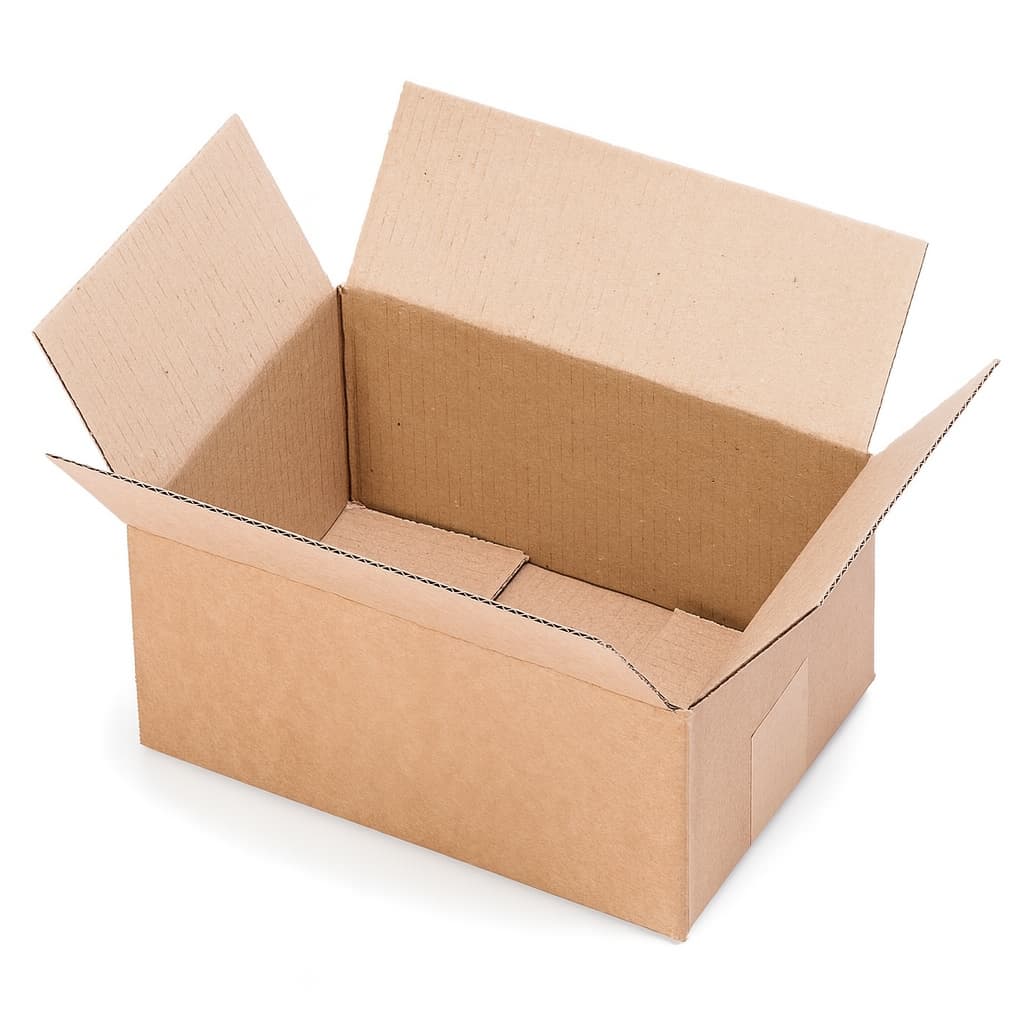





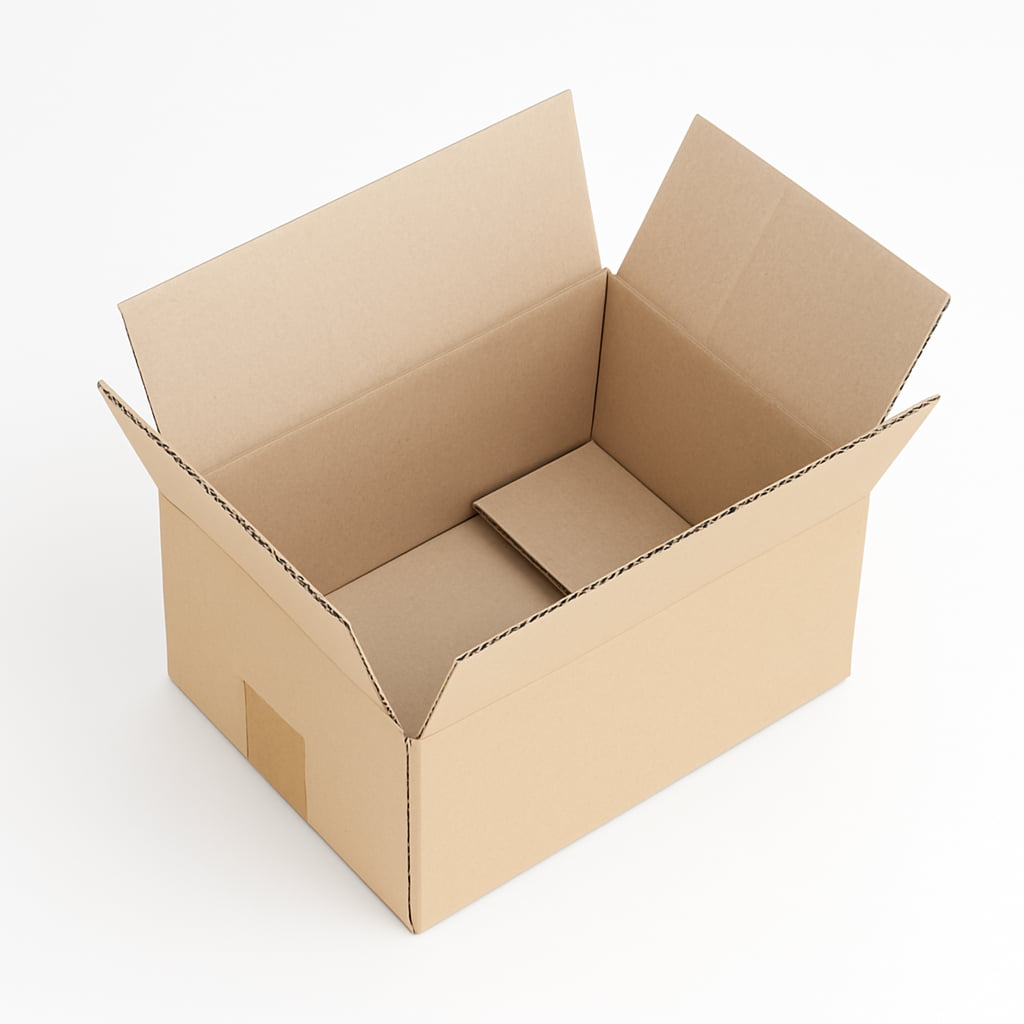
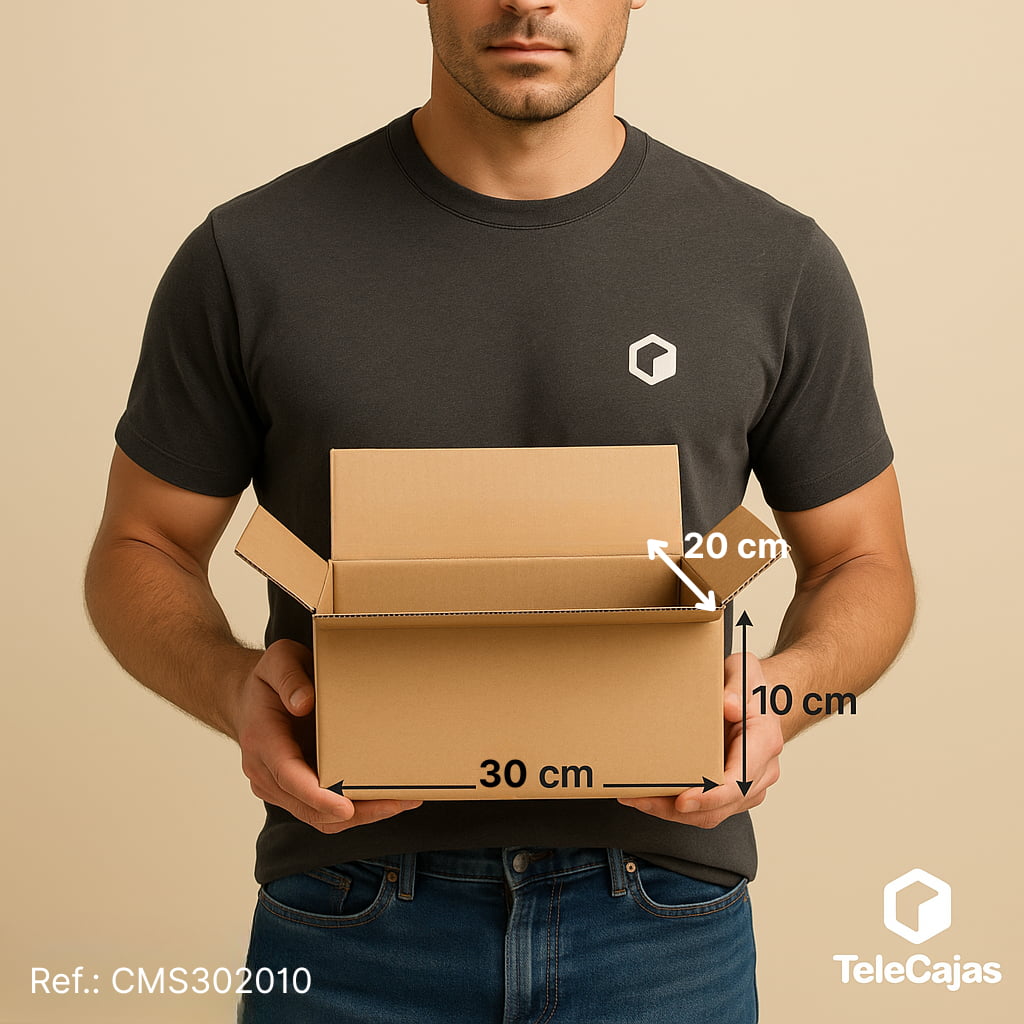

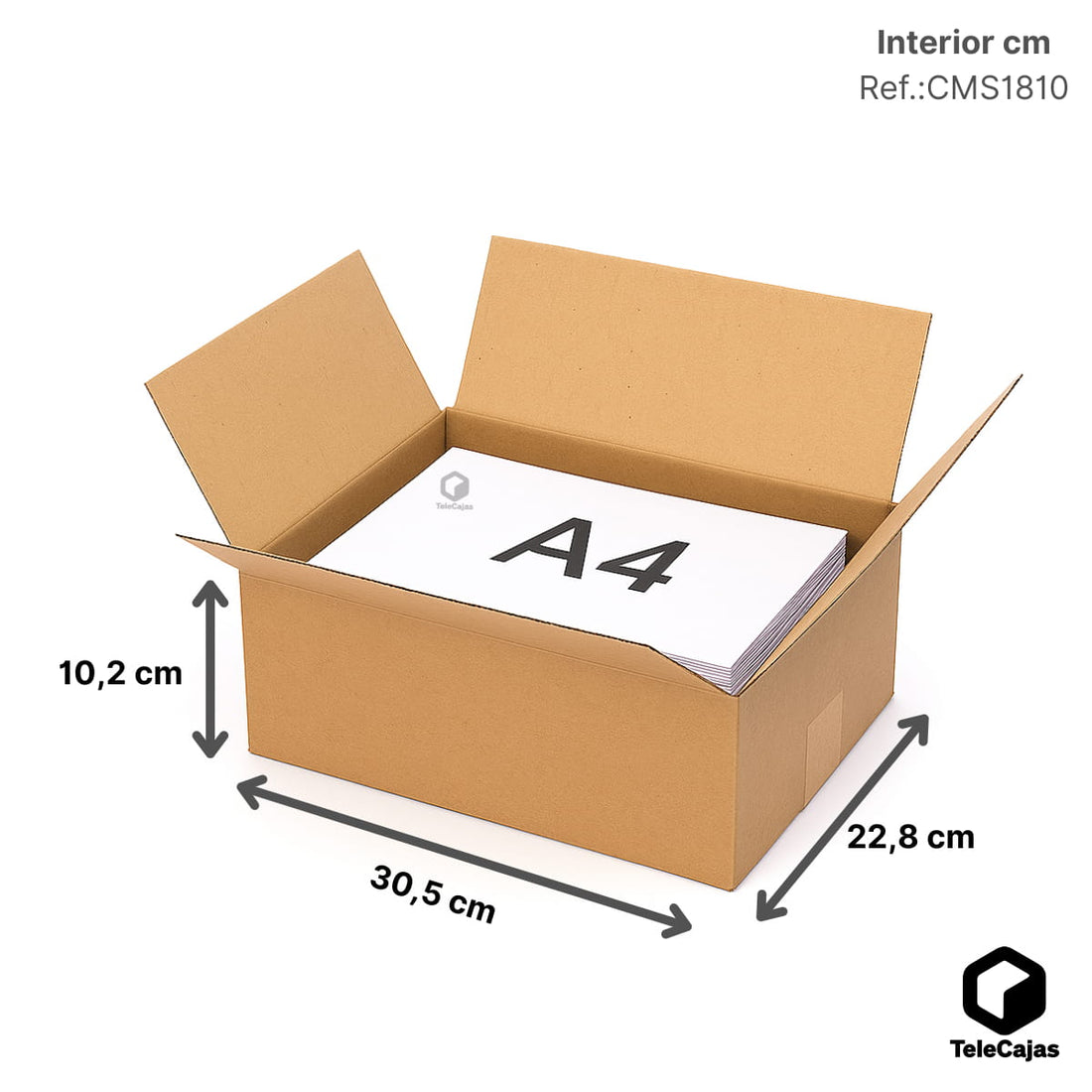
Hola, al investigar un poco hemos dado con estas dos empresas Ctpcprint y Macrolit. Suerte!
Hola podrían orientarme de conde fabrican clichés en México, me interesa encontrar quien fabrique los clichés. gracias